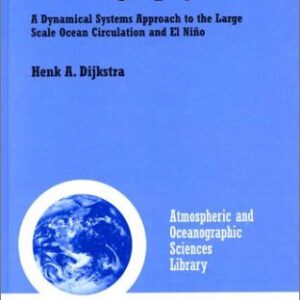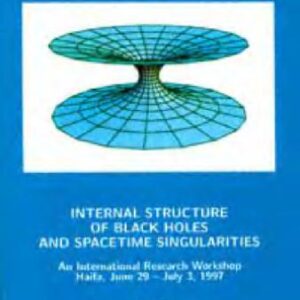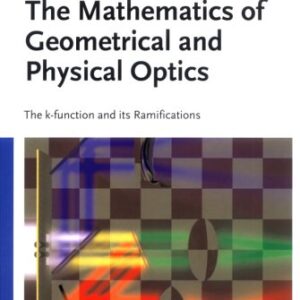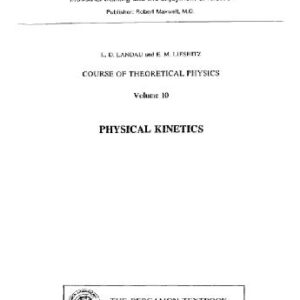The calculus of variations is a subject whose beginning can be precisely dated. It might be said to begin at the moment that Euler coined the name calculus of variations but this is, of course, not the true moment of inception of the subject. It would not have been unreasonable if I had gone back to the set of isoperimetric problems considered by Greek mathemati? cians such as Zenodorus (c. 200 B. C. ) and preserved by Pappus (c. 300 A. D. ). I have not done this since these problems were solved by geometric means. Instead I have arbitrarily chosen to begin with Fermat’s elegant principle of least time. He used this principle in 1662 to show how a light ray was refracted at the interface between two optical media of different densities. This analysis of Fermat seems to me especially appropriate as a starting point: He used the methods of the calculus to minimize the time of passage cif a light ray through the two media, and his method was adapted by John Bernoulli to solve the brachystochrone problem. There have been several other histories of the subject, but they are now hopelessly archaic. One by Robert Woodhouse appeared in 1810 and another by Isaac Todhunter in 1861.
Physical
[PDF] A History of the Calculus of Variations from the 17th through the 19th Century Herman H. Goldstine (auth.)
$19.99

![[PDF] A History of the Calculus of Variations from the 17th through the 19th Century Herman H. Goldstine (auth.)](https://pdfelite.com/wp-content/uploads/2024/04/ab58d9c632128e3b89ea8818062e0bf3-d.jpg)




Reviews
There are no reviews yet.